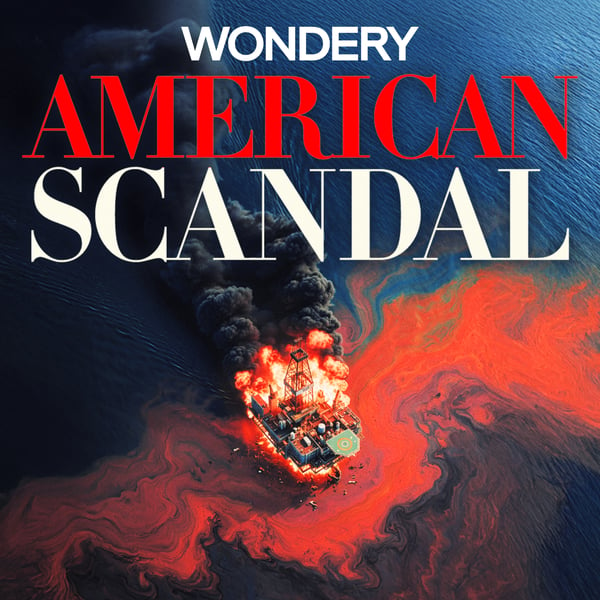The Dust Bowl | When the Dust Settles | 3
American Scandal
Wondery
4.6 • 18.7K Ratings
🗓️ 7 November 2023
⏱️ 44 minutes
🧾️ Download transcript
Summary
Soil scientist Hugh Bennett tours the Southern Plains, studying the origins of the Dust Bowl. President Roosevelt launches an ambitious program to combat the crisis.
Meridian Grooming: Visit meridiangrooming.com and type in the code SCANDAL at checkout to receive 20% off your order of new clippers.
BetterHelp: Visit BetterHelp.com/AS today to get 10% off your first month!
Factor: Head to factormeals.com/AS50 and use code AS50 to get 50% off!
See Privacy Policy at https://art19.com/privacy and California Privacy Notice at https://art19.com/privacy#do-not-sell-my-info.
Transcript
Click on a timestamp to play from that location
| 0:00.0 | It's early 1933 in Washington, D.C. President Franklin Delano Roosevelt is sitting in the |
| 0:17.8 | Oval Office reading through a report about soil ecology. It's dense and full of scientific jargon, but Roosevelt has convinced |
| 0:25.8 | that understanding it is essential for addressing an emerging crisis. It's been one month |
| 0:31.4 | since Roosevelt took office and in that short time he's worked tirelessly to address America's most urgent problems stemming from the continuing economic depression. |
| 0:41.0 | Roosevelt's New Deal legislation has helped stabilize the banking system. |
| 0:45.0 | It's provided emergency relief to states badly in need, |
| 0:49.0 | and new government initiatives have created jobs for thousands of unemployed Americans. |
| 0:54.0 | But there's one problem the President has no idea how to fix, |
| 0:57.0 | and it's weighed heavily on his mind. |
| 0:59.0 | Over the last two years, |
| 1:01.0 | the Southern Plains have been ravaged by an escalating series of dust storms. |
| 1:06.4 | These events have transformed the region, damaging property, causing deaths and forcing |
| 1:11.0 | countless farmers to flee their land. |
| 1:14.1 | Many of the country's top scientists say that these dusters are a result of drought. |
| 1:18.6 | Since there's no public policy that can change the weather, they say the best course of action would be to abandon |
| 1:24.0 | the plains and resettle farmers in other parts of the country. What a soil scientist |
| 1:29.1 | named Hugh Bennett has a different theory. Bennett believes that while the region's weather is part of the problem, |
| 1:34.7 | the dust storms are likely the consequence of man-made decisions. So President Roosevelt invited |
| 1:40.6 | Bennett to the White House to discuss these ideas. |
| 1:43.0 | Because if Bennett is right, if humans cause this growing crisis, |
| 1:47.0 | then maybe Roosevelt can do something to undo the damage. |
| 1:53.0 | There's a knock on. damage. |
... |
Please login to see the full transcript.
Disclaimer: The podcast and artwork embedded on this page are from Wondery, and are the property of its owner and not affiliated with or endorsed by Tapesearch.
Generated transcripts are the property of Wondery and are distributed freely under the Fair Use doctrine. Transcripts generated by Tapesearch are not guaranteed to be accurate.
Copyright © Tapesearch 2025.

